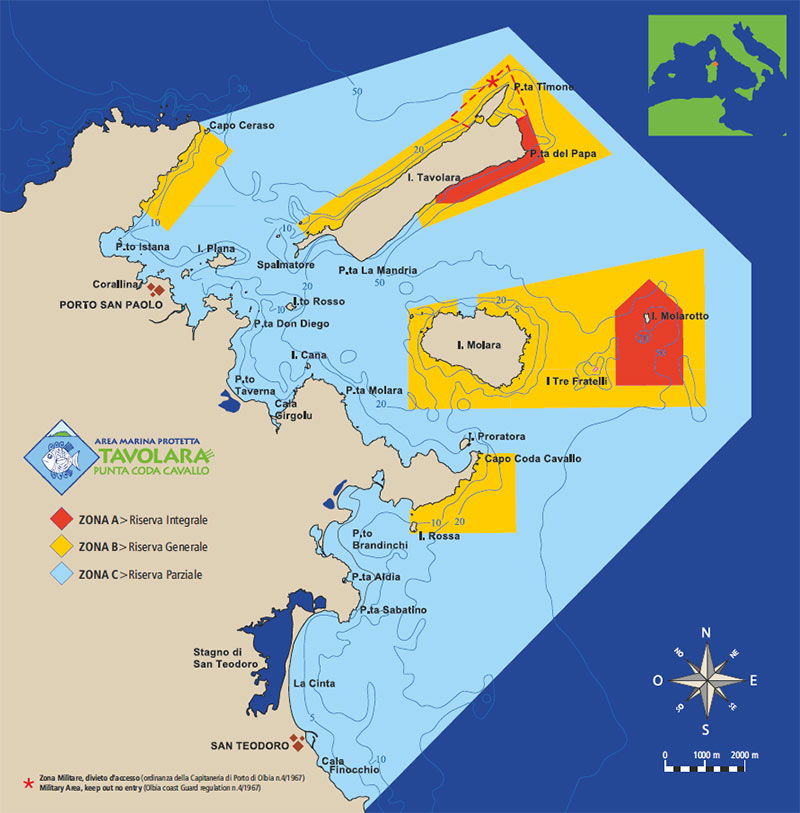A place surrounded by nature to discover
Geomorphologically vain and diversified, the territory of the area is characterized by the presence of pink granites, belonging to the granite pluton of Gallura, by quartz-feldspathic coastal beaches and by the calcareous-dolomitic reliefs of the island of Tavolara. The latter rest on a granite base of granular red pegmatite with a surface completely flattened by erosion due to atmospheric agents, which occurred about 225 million years ago. The coastal stretch is characterized by the alternation of small, isolated coves and very long crescent-shaped beaches, stretched between high rocky promontories. The strings of beach, with characteristic pinkish-white sands, face a crystalline sea that fades from turquoise to indigo and blue. On the coast facing the marine area there are high dunes and depressions behind the dunes where the always active riverbeds of the Padrongiano, Rio Lutturai and Rio San Teodoro combine, together with the canals connecting with the open sea, to form coastal ponds and lagoons.
To this extraordinary landscape are added the beach of Capo Ceraso, the beaches and ponds of Porto Istana, Ponto della Taverna and Cala Brandinchi, the beach and the delta lagoons of Porto San Paolo, the Cinta beach and the lagoon of San Teodoro, interspersed with Capo Ceraso, Punta Molara, Punta Coda Cavallo and the other granite promontories.
Molara and the numerous smaller islands also have the characteristic morphology of granite reliefs, rich in isolated blocks, eroded into the most disparate forms.
Due to the variety of environments and the high degree of naturalness, the whole area is of great value, also from a faunal and botanical point of view. A succession of habitats bear witness to various endemisms (34 have been counted in the archipelago) and high Mediterranean maquis.
Chestnuts, holm oaks, wild olives and junipers populate Molara, nourished by the water that flows from many springs. The islet, which appears barren from afar, turns out to be an unsuspected oasis on a visit. Tall plants also on the summit of Tavolara: in addition to the species of Molara, the lesser maple is also present here. In ancient times the tree cover, certainly much more extensive, was seriously depleted to favor the production of lime. The ovens found on the island and the artificial paths used for transporting the timber bear witness to this process.
Behind the beaches and dunes swept by the wind and the saltiness grow the olive tree, the mastic tree, the tamarisk, as well as various species of cistus.
The vegetation formations capable instead of developing on brackish soils colonize the numerous humid peristagnal environments; among the main species represented we find the glasswort. The riparian vegetation, essentially made up of populations of marsh reeds (Phragmites), is widespread in the area as well as along the watercourses, in the small marshland areas of the mouth and in the wetlands where the water supplies are more significant Sweet.
Still facing the archipelago, the rocky areas are inhabited by floristic species adapted to resist dehydration: together with sea fennel, there are different species of Limonium (including the endemic Limonium hermaeum). Inside the rocky promontories the prevailing vegetation formations are those of the “gariga-steppe” and the “Mediterranean maquis”, differently distributed in relation to the different degree of anthropic disturbance.
The high maquis, with a very rich undergrowth, includes a series of heterogeneous formations that can usually be determined on the basis of the locally dominant species. Of great ecological as well as botanical value, among others we highlight the formations of Phoenician juniper (Juniperus phoenicea) present on the tip of the promontory of Punta Coda Cavallo, the peculiar formations of Calicotome villosa and myrtle and arboreal heather and arbutus, widely represented in particularly in Punta Molara, in the nature reserve established by the Municipality of San Teodoro and organized with paths and routes that allow visits within a vast and at times very dense undergrowth.
The faunal status of the area is also of considerable interest. The reported vertebrate species represent about 50% of all vertebrate species present in Sardinia. Among amphibians, reptiles and birds there are numerous species protected by regional regulations and international conventions.
The whole area is also of enormous importance due to the presence of a high variety of bird species. In the marine area, recent studies have highlighted the presence of 152 species of birds, about 80% of those reported in all of Sardinia, of which 69 nesting. The coastal ponds of the area have always been the favorite destination of numerous species of the avifauna of the wetlands, both sedentary and migratory. In addition to the more well-known population of pink flamingos of the San Teodoro pond, among others we find gray herons, crested egrets, little terns, mallards, etc.
Among the species that instead inhabit the wooded environments on the coast and which are likely to reproduce in the area, we can mention the marsh harrier, the lesser harrier, the peregrine falcon and the great spotted woodpecker. Finally, a large number of seabirds find particularly suitable habitats among the more solitary rocky coasts of islands, islets and smaller rocks. 32 species of seabirds nest on the island of Tavolara (of which 7 are threatened with extinction), 25 in Molara (of which 3 are threatened), 7 in Molarotto (of which 6 are threatened). Among the most represented species are the shearwater and the European shag (a variety of cormorants), whose population is one of the most important in the entire Mediterranean basin. Diving under the perches it is possible to observe the Marangonis diving in apnea. The high rocky coasts of the island of Tavolara can also be a hunting area for the golden eagle, as well as the appearance of erratic individuals of the griffon vulture.
Of the ten species of mammals present in the area, the Sardinian hare is the main endemism, although the populations of foxes, wild cats, martens and weasels, the only carnivores present in the area, have been reported as local subspecies.
The natural marine area of Tavolara – Punta Coda Cavalío includes approximately 80 km of geologically and morphologically very varied and diverse coasts. Like the terrestrial ecosystem, therefore, also the coastal submarine ecosystem is made up of a continuous alternation and succession of different plant and animal associations (biocenoses). In the seas, many of the most significant biological and ecological phenomena occur near coastal areas. Where light energy penetrates to the bottom, nutrients abound there. All the most important food chains start from the “primary production”, carried out by the photosynthetic activity of plants.
On the sandy bottoms and up to maximum depths of 30-35 m, the Posidonia oceanica meadows constitute a rich and articulated ecosystem, while the submarine profiles of the granite escarpments and carbonate cliffs, together with the isolated reliefs (many “shoals” are present in the protected area), constitute as many ecosystems characterized by peculiar communities of the fora and fauna of the rocky substrates.
Posidonia oceanica (a superior plant that has adapted to life in the sea) plays an irreplaceable role in the natural economy of the coastal system. The Posidonia meadows contribute, in fact, to the sustenance of the coastal marine food chain. At greater depths we find the “precoralligenous” and “coralligenous” populations of the biodetrital beds (consisting of fragments of animal and vegetable origin). The various species present, including the pheophycea Cystoseira zosteroides, increase the biodiversity and complexity of the system, performing an important nursery function for numerous varieties of marine organisms.
Thanks also to the extraordinary transparency of the water, the underwater landscapes of the hard bottoms present throughout the area assume great naturalistic and aesthetic value. Here, up to about 10 m of depth, the photophilous algae and an encrusting fauna or in any case stubbornly anchored to the substrate prevail. This is followed, up to about 25 m of depth, by the pre-coralligenous biocenoses and those of plant organisms that prefer semi-shaded areas (sciaphilic algal population): this is the realm of the bryozoans.
Finally, with a limit of around 40 m of depth, the coralline of the lower horizon of the littoral rock develops, where the most spectacular gorgonians of larger dimensions and other very colorful coelenterate corals live.



